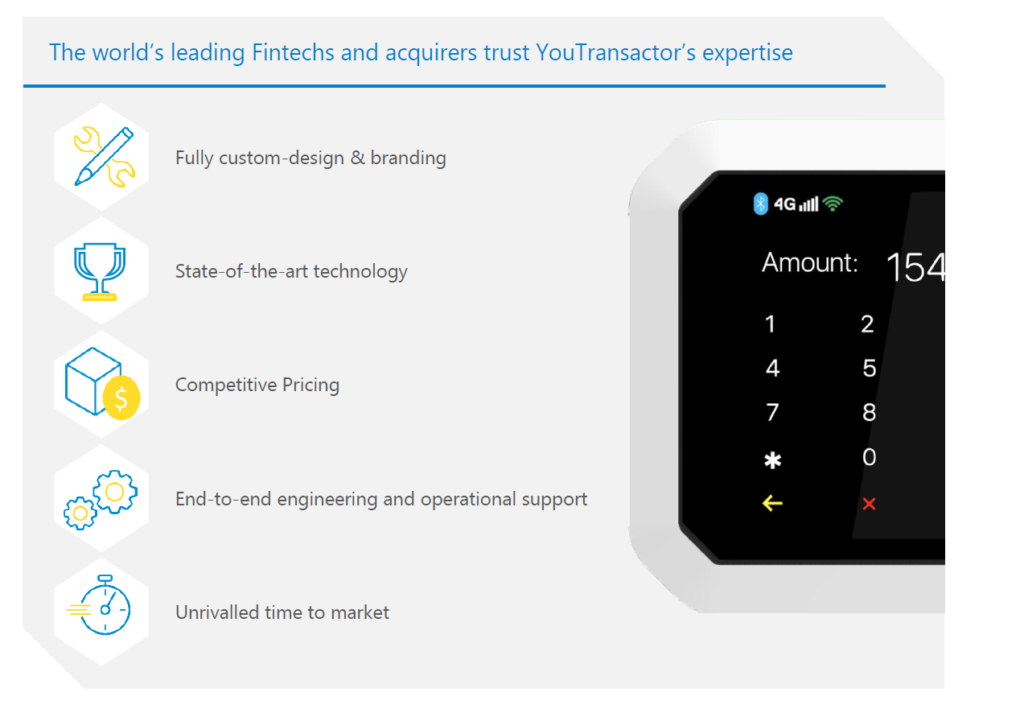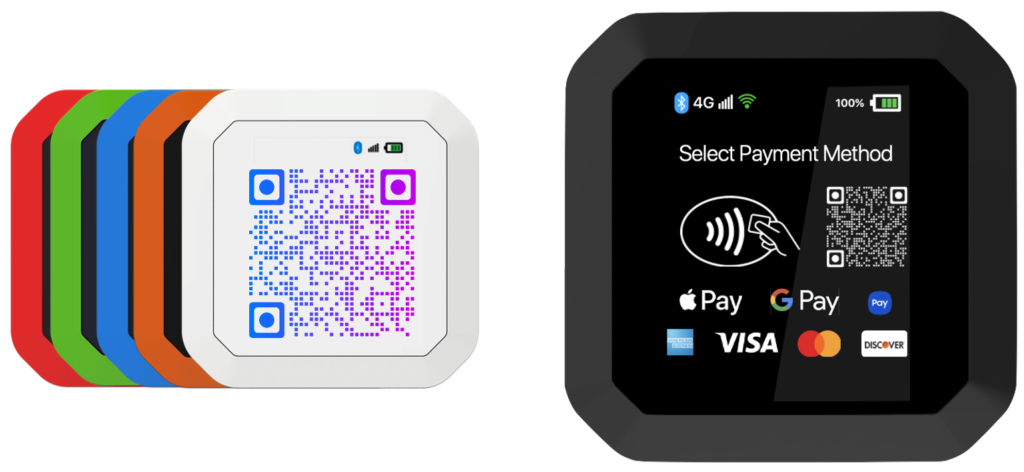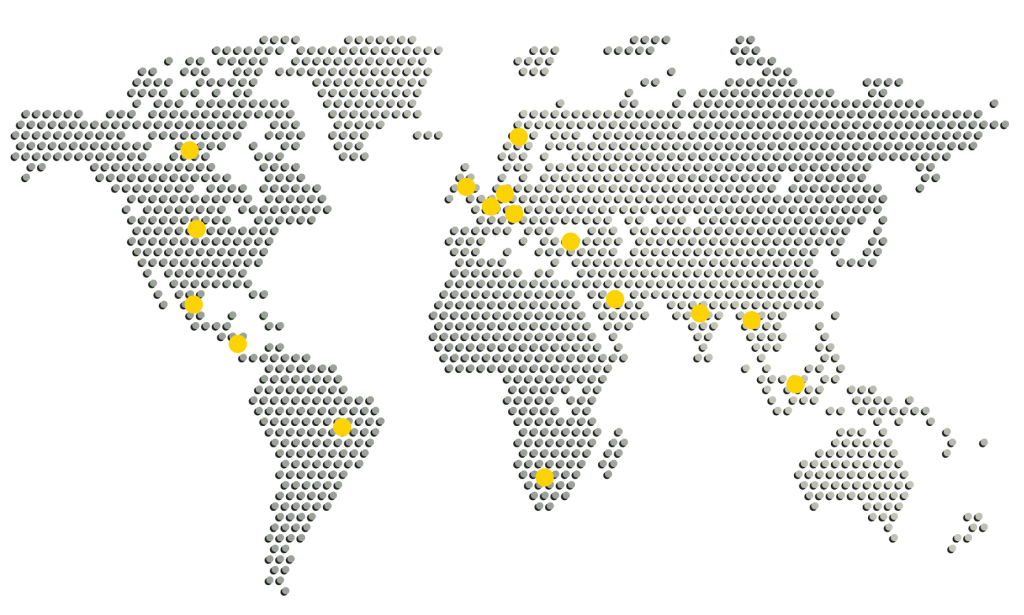- BLOG POST
A Look back at 2020
Last year marked a series of exceptional events. For YouTransactor, it was a year of innovation, agility and great teamwork.
Covid 19 has impacted worldwide commerce creating a climate of uncertainty with little business visibility for merchants. The global nature of the pandemic made it difficult to reach our travel destinations as well as hindered in the logistics to conduct trade. But it also helped us connect more with our close ones and motivated us to adopt new ways of working.
For YouTransactor, 2020 was a unique year as well, marked by the launch of our latest product – the uCube Touch. The revolutionary design and features of the uCube Touch allow merchants to accept all modes of payment securely. Its small size and light weight make it the ideal payment terminal to be used in-store or in mobility. uCube Touch is set apart by its state-of-the-art technology and high-performance at an affordable price.
Additionally, our teams also mobilized themselves quickly to adapt the production according to the customer demand, in order to meet all requirements of our clients, while also respecting the health and wellbeing of our employees. The same agility and resilience also applied to the entire supply chain of the components.
When the world came to a standstill, the entire payment industry, like our innovation kept on going. In collaboration with our partners, YouTransactor continued working on new projects and a roadmap that would be rolled out over the coming months.
Stay tuned…




